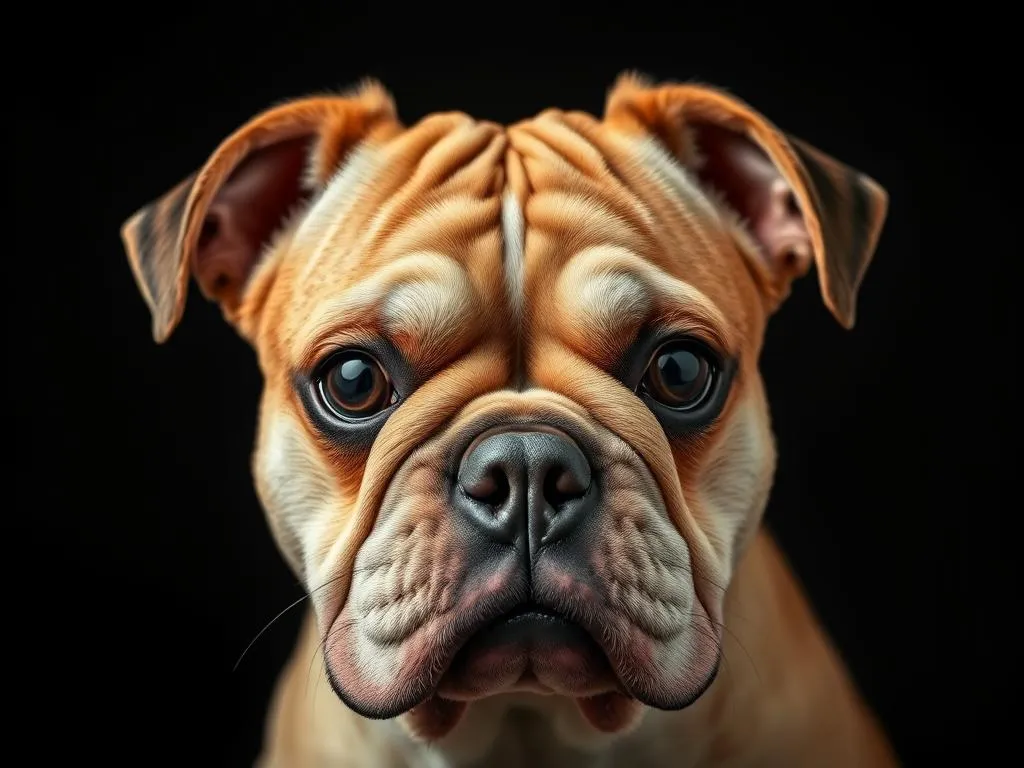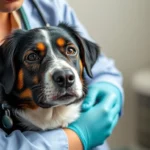
Introduction
Brachycephalic dogs are a group of breeds characterized by their distinctive flat faces and short snouts. Common examples include Bulldogs, Pugs, and Boxers, all of which have unique anatomical features that influence their health and behavior. These breeds have gained popularity in recent years, leading to a surge in their population. However, this increase brings significant health implications, especially concerning their vulnerability to heat.
Statistics show that brachycephalic breeds are becoming increasingly prevalent in households across the globe. Unfortunately, their unique physical traits predispose them to several health risks, particularly during hot weather. Understanding how heat affects these dogs is vital for responsible pet ownership and ensuring their well-being.
Understanding Brachycephalic Breeds
Characteristics of Brachycephalic Dogs
Brachycephalic dogs are easily identifiable due to their short noses and flat faces. These breeds have a broad skull and a compressed facial structure, which can significantly impact their respiratory function. The anatomy of brachycephalic breeds includes:
- Stenotic Nares: Narrow nostrils that can restrict airflow.
- Elongated Soft Palate: Excess tissue at the back of the throat that can obstruct breathing.
- Hypoplastic Trachea: A narrower-than-normal windpipe that complicates airflow.
These physical characteristics can lead to a range of health issues, including brachycephalic obstructive airway syndrome (BOAS), which affects their ability to breathe efficiently.
Heat Sensitivity
One of the most critical aspects of caring for brachycephalic dogs is understanding their heat sensitivity. Unlike many other dog breeds that can regulate their body temperature through effective panting, brachycephalic dogs struggle to do so due to their compromised respiratory systems. As a result, they are at a higher risk of overheating and developing heat-related complications.
In comparison to other dogs, brachycephalic breeds are particularly vulnerable during warmer months. Their unique physiology means that even moderate temperatures can pose a significant risk, emphasizing the need for vigilant monitoring by owners.
The Risks of Heat Stress in Brachycephalic Dogs
Physiological Impact of Heat
Heat affects brachycephalic dogs in ways that can be alarming for pet owners. When temperatures rise, these dogs often exhibit signs of heat stress much more quickly than their non-brachycephalic counterparts. Common signs include:
- Excessive Panting: Unlike normal panting, heat stress panting is rapid and labored.
- Lethargy: A noticeable decrease in energy levels and playfulness.
- Excessive Drooling: An increase in saliva production can be a sign of distress.
These symptoms can escalate rapidly, leading to severe complications if not addressed promptly.
Potential Health Complications
One of the most severe consequences of heat exposure in brachycephalic dogs is heat stroke. This condition is life-threatening and occurs when a dog’s body temperature rises to dangerous levels, typically above 104°F (40°C). Symptoms of heat stroke include:
- Rapid Heart Rate: An elevated pulse due to stress on the cardiovascular system.
- Loss of Coordination: Difficulty walking or standing, indicating neurological distress.
- Gums Turning Dark Red or Purple: A sign of poor oxygenation and shock.
If left untreated, heat stroke can lead to organ failure and even death. Additionally, repeated exposure to high temperatures can result in long-term health issues, such as chronic respiratory problems or increased susceptibility to infections.
Preventative Measures for Owners
Recognizing the Signs of Overheating
Being aware of the signs of overheating is crucial for the health of brachycephalic dogs. Symptoms to watch for include:
- Heavy panting
- Excessive drooling
- Weakness or lethargy
- Vomiting or diarrhea
- Elevated body temperature (above 103°F)
Early intervention is critical. If you notice any of these signs, take immediate action to cool your dog down and consult a veterinarian if symptoms persist.
Heat Management Strategies
Keeping brachycephalic dogs cool during hot weather is essential. Here are effective strategies:
- Provide Shade: Ensure there is ample shade in outdoor areas where your dog spends time.
- Limit Exercise: Avoid strenuous activities during peak heat hours. Opt for early morning or late evening walks when temperatures are cooler.
- Use Cooling Products: Consider using cooling mats or vests designed for dogs to help regulate their body temperature.
When indoors, maintain a comfortable environment with air conditioning or fans. Create a cozy, cool space for your dog to relax away from the heat.
Hydration and Nutrition
Hydration is vital for all dogs, but especially for brachycephalic breeds. Always provide fresh water and encourage your dog to drink regularly. Here are some tips to enhance hydration:
- Offer Ice Cubes: Many dogs enjoy chewing on ice cubes, which can be a fun and refreshing treat.
- Hydrating Foods: Incorporate wet food or add water to dry kibble to increase moisture intake.
- Limit Salty Treats: Avoid treats that may dehydrate your dog, such as those high in sodium.
Proper nutrition also plays a role in maintaining overall health, so ensure your dog is on a balanced diet that supports hydration.
Special Considerations During Heat Cycles
Understanding the Heat Cycle in Dogs
Female dogs enter a reproductive phase known as the heat cycle, which typically occurs twice a year and lasts about three weeks. During this time, brachycephalic breeds may exhibit specific behaviors.
Phases of the Heat Cycle
- Proestrus: Lasting about 9 days, this phase involves swelling of the vulva and the presence of bloody discharge.
- Estrus: This is the mating phase, where the female is receptive to males. It lasts approximately 5 to 9 days.
- Diestrus: Following estrus, this phase lasts about 60 days and can involve pregnancy or false pregnancy.
- Anestrus: A resting phase lasting several months before the next cycle begins.
Understanding these phases helps owners manage their dog’s care during this time.
Behavioral Changes During Heat
Behavioral changes in brachycephalic dogs during heat can be pronounced. Common changes include:
- Increased Affection: Some females may seek extra attention from their owners.
- Marking Territory: Increased urination or marking behaviors may occur.
- Mood Swings: Fluctuations in behavior, such as irritability or restlessness.
Managing these changes requires patience and understanding. Providing a calm environment and maintaining routine can help ease anxiety during this period.
Vet Recommendations
Regular Check-ups
Routine veterinary visits are crucial for brachycephalic dogs. Regular check-ups help monitor their overall health, including respiratory function and weight management. Veterinarians can recommend specific vaccinations and health screenings tailored to the needs of brachycephalic breeds.
When to Seek Veterinary Help
Certain signs require immediate veterinary attention. Seek help if you notice:
- Persistent coughing or gagging
- Difficulty breathing, even at rest
- Signs of heat stroke (as mentioned previously)
- Any sudden changes in behavior or appetite
Establishing a relationship with a veterinarian knowledgeable about brachycephalic breeds can ensure that your dog receives the best possible care.
Conclusion
Brachycephalic dogs face unique risks during hot weather, making it essential for owners to be proactive in their care. Understanding their special needs, recognizing signs of heat stress, and implementing effective management strategies can ensure a safer and more comfortable environment for these beloved pets.
By staying informed and vigilant, owners can help protect their brachycephalic companions from the dangers of heat, ensuring their health and happiness for years to come.









